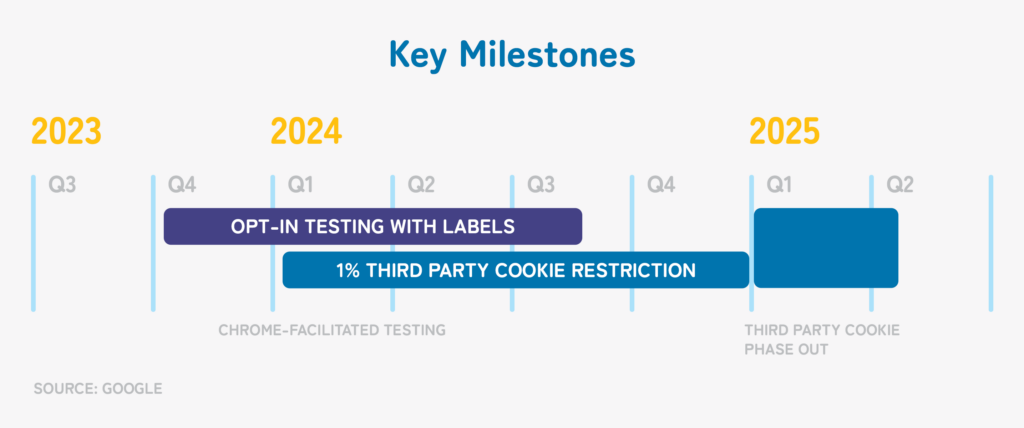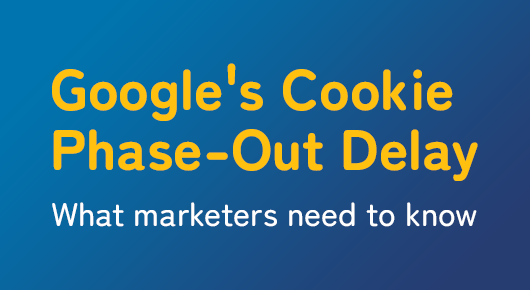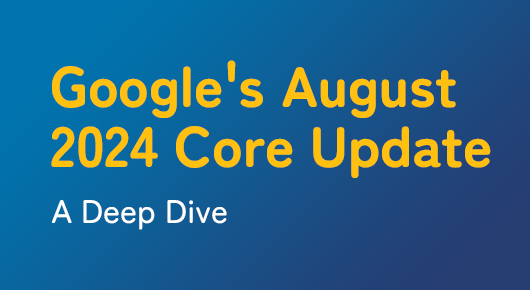The digital marketing landscape has been on high alert since Google announced its plan to phase out third-party cookies by 2022. However, recent developments have shifted the narrative. Google has announced that it will delay the sunset of third-party cookies for Chrome. Originally scheduled for the end of 2024, the exact timing of this change in 2025 remains undetermined. This delay marks yet another shift in Google’s timeline, reflecting the complex landscape of digital advertising and privacy.
Reasons Behind Google’s Delay
Google’s decision to delay proceedings can be attributed to three key factors:
- Challenges and Scrutiny: The CMA’s concerns about market competition and the impact on Google’s competitors have played a significant role. The CMA is particularly wary of the potential for Google’s decision to prop up its own advertising business at the expense of others. They argue that without third-party cookies, publishers might struggle to monetise their websites effectively.
- .Preparation Time: The marketing and advertising industries heavily rely on third-party cookies to measure and optimise their campaigns. With the transition away from cookies, the delay provides agencies more time to adapt and prepare for a cookie-less future.
- Google’s Privacy Sandbox Initiative: Google’s ultimate goal is to replace third-party cookies with its Privacy Sandbox initiative. This suite of technologies aims to allow websites to access user information without invading privacy, enabling online advertising by sharing user data without relying on third-party cookies.
The Privacy Sandbox and Industry Feedback
The Privacy Sandbox initiative is central to Google’s strategy for a post-cookie world. It includes several proposals designed to protect user privacy while supporting digital advertising. However, this initiative has faced scrutiny. Recently, the UK’s Information Commissioner’s Office (ICO) expressed concerns that the Privacy Sandbox might not do enough to protect consumer privacy.
Google has acknowledged the ongoing challenges in balancing industry feedback, regulatory concerns, and developer input. In a statement released via Privacy Sandbox News, Google emphasised its commitment to engaging closely with the entire ecosystem:
We recognise that there are ongoing challenges related to reconciling divergent feedback from the industry, regulators and developers, and will continue to engage closely with the entire ecosystem. It’s also critical that the CMA has sufficient time to review all evidence including results from industry tests, which the CMA has asked market participants to provide by the end of June.
Given these considerations, Google has decided not to complete the phase-out of third-party cookies during the second half of 2024. Instead, the company hopes to finalise this transition by 2025 as per early reports, though a specific timetable has not been provided.
Implications for Marketers

Despite the delay, the eventual phase-out of third-party cookies is inevitable. MM are encouraging clients to use this additional time to explore and implement alternative strategies. Here are some steps marketers can take to prepare:
- Leverage First-Party Data: Collecting and utilising first-party data, which is gathered directly from customers, will become increasingly important. This data is more accurate and reliable than third-party data and can help build stronger customer relationships.
- Invest in Contextual Advertising: Contextual advertising, which targets users based on the content they are viewing rather than their browsing history, offers a privacy-friendly alternative. This approach can still deliver relevant ads without relying on third-party cookies.
- Prioritise User Privacy and Transparency: Building trust with users through transparent data practices is crucial. Marketers should be clear about data collection and provide users with control over their information.
- Explore Alternative Identifiers: Solutions such as unified ID systems that respect user privacy can provide effective alternatives to third-party cookies. These identifiers aim to balance the need for targeted advertising with user consent and privacy.
MM is committed to helping clients thrive in a cookie-less environment. Our Digital and Performance teams offer expert guidance on adapting your marketing initiatives. Contact us to explore strategies for a successful post-cookie world.
FAQS
Why has Google delayed the phase-out of third-party cookies?
Google has delayed the phase-out due to challenges and scrutiny from the CMA, the need for more preparation time for the industry, and to further develop its Privacy Sandbox initiative.
How can marketers prepare for a low-cookie future?
Marketers can prepare by leveraging first-party data, investing in contextual advertising, prioritising user privacy and transparency, and exploring alternative identifiers.
What is first-party data?
First-party data is information collected directly from customers through interactions such as website visits, purchases, and surveys. It is more accurate and reliable than third-party data.
What are alternative identifiers?
Alternative identifiers are solutions that allow for effective advertising while respecting user privacy. Examples include unified ID systems that provide user consent and control over their data.
How will the delay affect the digital advertising industry?
The delay provides the digital advertising industry with more time to adapt to a future without third-party cookies. It allows companies to test and implement new strategies and technologies to maintain effective advertising while respecting user privacy.
What should marketers do to build trust with users?
Marketers should prioritise transparency in data practices, clearly communicate how data is collected and used, and provide users with control over their information. Building trust through ethical practices can lead to stronger customer relationships.
What is the timeline for the complete phase-out of third-party cookies?
While the exact timeline remains undetermined, Google hopes to complete the phase-out of third-party cookies by 2025, however, as mentioned Google has not confirmed this yet. Marketers should use the additional time to prepare for this transition.







